In the realm of engineering and manufacturing, the importance of precision components cannot be overstated. Among these, stainless steel balls have emerged as a critical element in high-performance applications across various industries, notably in aerospace, automotive, and robotics. According to a recent market research report by Grand View Research, the global ball bearings market size was valued at $13.4 billion in 2022 and is projected to expand at a compound annual growth rate (CAGR) of 6.2% over the next several years. This growth signals the increasing demand for high-quality stainless steel balls due to their superior mechanical properties, durability, and resistance to corrosion.
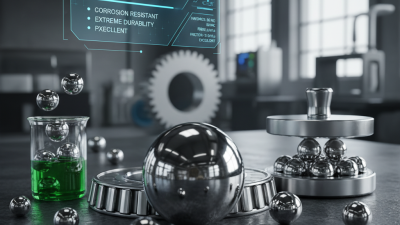
The essential role of stainless steel balls is further highlighted by their application in precision instruments, where tolerances can mean the difference between operational success and failure. These components are often subjected to high load and stress conditions, making their material composition and manufacturing quality paramount. According to a report by MarketsandMarkets, the stainless steel ball market alone is expected to grow significantly, driven by the rising demand for reliable and efficient machinery. As industries continue to evolve and seek higher performance standards, the reliance on stainless steel balls is set to become even more critical, underscoring their importance in driving technological advancements and maintaining a competitive edge in high-performance applications.
Stainless steel balls play a crucial role in precision engineering, serving as vital components in a variety of high-performance applications. Their unique properties, including excellent corrosion resistance, high strength, and dimensional stability, make them ideal for use in industries such as aerospace, automotive, and medical devices. The precision with which these balls are manufactured ensures optimal functionality in bearings, valves, and other mechanical systems, contributing significantly to the longevity and performance of the equipment they are part of.
Tip: When selecting stainless steel balls for your application, consider factors such as grade, diameter tolerance, and surface finish to ensure that they meet the specific requirements of your engineering project.
In addition to their mechanical advantages, stainless steel balls are also preferred for their aesthetic appeal and ability to resist wear over time. This durability reduces maintenance costs and improves overall system efficiency, which is essential in high-stakes environments where precision is non-negotiable. As industries continue to demand greater performance and reliability, the role of stainless steel balls in precision engineering becomes even more significant.
Tip: Regularly inspect and maintain the components that utilize stainless steel balls to extend their lifespan and ensure optimal performance in demanding applications.
Stainless steel balls have become a cornerstone in high-performance applications across various industries, including automotive, aerospace, and manufacturing. Their superior corrosion resistance, durability, and dimensional accuracy allow them to perform reliably under extreme conditions. According to a report by the International Journal of Advanced Manufacturing Technology, high-performance applications that utilize stainless steel balls can achieve a reduction in wear rates by up to 50%, significantly enhancing the longevity and reliability of these systems.
One of the key advantages of stainless steel balls is their ability to withstand high temperatures and pressures, making them ideal for applications such as bearings and valves in engines. Industry studies indicate that stainless steel components can operate effectively at temperatures exceeding 400°C, compared to conventional materials that tend to deteriorate under stress. Furthermore, the low friction characteristics of stainless steel balls result in energy savings and improved efficiency, which are vital in applications requiring precision and performance. This combination of strength and efficiency underscores the essential role that stainless steel balls play in modern engineering solutions.
Stainless steel balls are critical components in various industrial machinery applications, especially in high-performance environments. They are often utilized in bearings, valves, and other rotating or sliding components due to their superior durability, corrosion resistance, and mechanical properties. The growth of the North America miniature ball bearing market indicates a strong demand for such materials, projected to expand significantly by 2033. According to recent market research, the North American miniature ball bearing market is expected to witness substantial growth, driven by increasing applications in automotive, aerospace, and medical machinery sectors.
In the context of industrial fasteners, stainless steel balls contribute not only to mechanical functions but also enhance the overall reliability of assemblies. Reports highlight that the industrial fasteners market is segmented by raw materials, with stainless steel playing a dominant role due to its robust performance characteristics. As industries trend towards enduring standards and performance optimization, the application of stainless steel balls in fasteners and machine components supports operational efficiency and longevity. Such features make stainless steel an essential choice for manufacturers aiming to boost productivity and safety in high-performance environments.
Stainless steel balls are indispensable in high-performance applications due to their unique material properties. One of the most significant advantages is their resistance to corrosion and oxidation, which ensures durability and longevity even in harsh environments. This property is particularly critical in industries such as automotive, aerospace, and food processing, where components are frequently exposed to moisture, chemicals, and extreme temperatures. The precision manufacturing of stainless steel balls also enhances their smooth surface finish, reducing friction and wear, which is essential for mechanisms that rely on consistent performance.
Tip: When selecting stainless steel balls for your application, consider the grade of stainless steel. For example, 316 stainless steel offers superior corrosion resistance compared to 304, making it ideal for marine and chemical processing industries.
Another essential property of stainless steel balls is their high tensile strength and impact resistance. This makes them capable of withstanding the stress of high-speed operations and heavy loads, which is crucial in applications such as ball bearings and valve systems. The ability to maintain structural integrity under pressure also translates to improved safety and efficiency in machinery.
Tip: Regularly inspect the stainless steel balls for signs of wear or damage to maintain optimal performance and prevent unexpected failures in your operations.
Stainless steel balls are pivotal components in various high-performance applications, particularly in environments that demand reliability and durability. The longevity of these balls is heavily influenced by their maintenance practices. In demanding settings, where exposure to moisture, corrosive substances, and abrasive materials is common, regular inspection and cleaning routines become vital. Maintaining optimal lubrication levels can significantly reduce friction, preventing wear and extending the lifespan of the stainless steel balls.
Furthermore, the choice of stainless steel grade plays a crucial role in their maintenance. Higher-grade stainless steels, such as 316, offer superior resistance to corrosion and rust, making them ideal for harsh conditions. Implementing a systematic maintenance schedule that includes monitoring for signs of wear, ensuring proper lubrication, and replacing any damaged balls promptly can enhance the performance and endurance of these components. By prioritizing maintenance, industries can ensure their systems run smoothly, minimizing downtime and reinforcing the importance of stainless steel balls in high-performance applications.
| Application | Material Grade | Load Capacity (N) | Operating Temperature (°C) | Corrosion Resistance |
|---|---|---|---|---|
| Precision Bearings | AISI 440C | 2000 | -40 to 250 | Excellent |
| Automotive Components | AISI 316 | 1500 | -20 to 200 | Good |
| Food Processing Equipment | AISI 304 | 1200 | -20 to 150 | Very Good |
| Aerospace Applications | AISI 440B | 2500 | -40 to 300 | Excellent |
| Marine Environments | AISI 316L | 1600 | -10 to 180 | Outstanding |
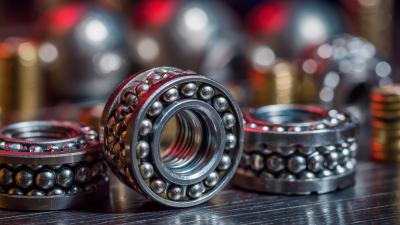
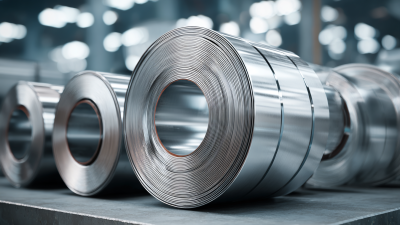
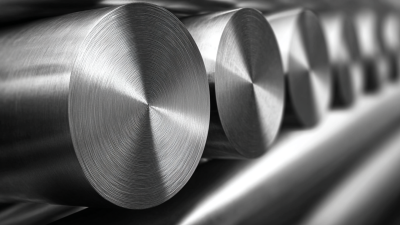
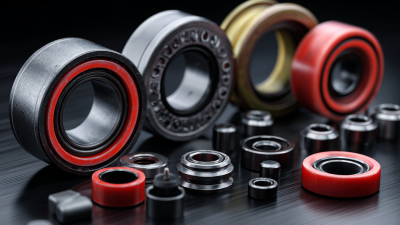
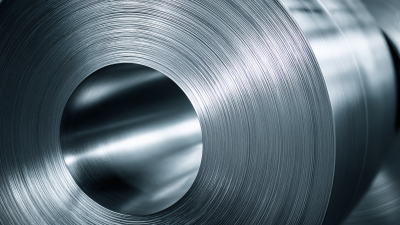

To learn more about any of the products and services provided by Abbott Ball Company, Inc., simply complete the form below.